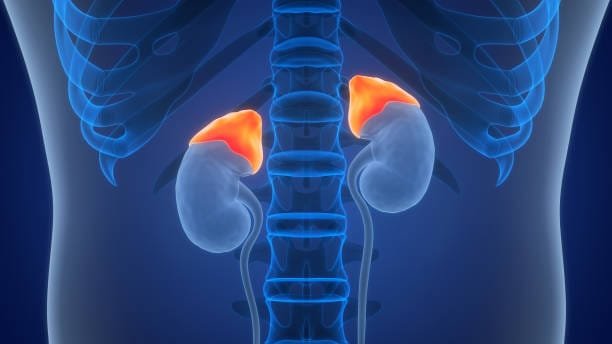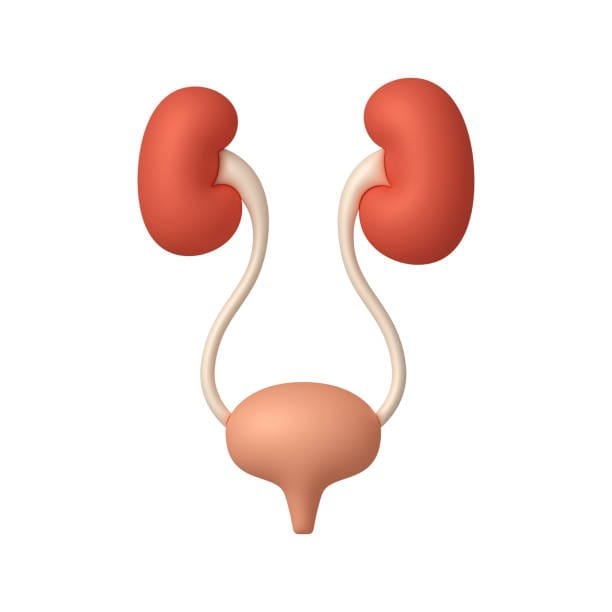Table of Contents
Enlarged Prostate Symptoms. The term “enlarged prostate” generally points to benign prostatic hyperplasia (BPH), a common disorder in men after age. To properly control this condition, it is important to know everything from enlarged prostate symptoms and causes to treatment options and warnings. This article gives you all the information you need on this topic as well as answers questions that are often asked about this concern.
1. What are enlarged prostate symptoms?

Enlarged prostate symptoms often affect urinary functions due to their location near the urethra. Common symptoms are:
Frequent urination: needing to urinate constantly, especially at night (nocturia).
Weak urine stream: Trouble starting or sustaining a steady flow of urine.
Incomplete emptying: sensation that the bladder wasn’t entirely drained after urinating.
Urgency: A sudden, intense need to urinate.
Dribbling at the end of urination.
Severe cases can result in urinary tract infections (UTIs), bladder stones, or kidney damage when left untreated.
2. What Triggers Enlarged Prostate Symptoms?
Several factors lead to an enlarged prostate:
Aging: BPH is most prevalent in men after 50 years.
Hormonal fluctuations: Imbalanced levels of testosterone and estrogen cause the prostate to grow.
Family history: Genetic predisposition can predispose a man to BPH.
Lifestyle causes obesity, physical inactivity, and specific diets can cause the disease.
3. What Is the Treatment of Enlarged Prostate Symptoms?
Treatment for enlarged prostate symptoms is determined based on the patient’s severity. The treatments are:
Lifestyle Changes
Avoid excessive intake of caffeine and alcohol, which exacerbate symptoms.
Regular physical activity and normal weight.
Training programs for bladders to improve bladder control.
Medications
Alpha-blockers are medicines that relax the muscles of the prostate gland and bladder neck to improve urine flow.
5-alpha reductase inhibitors: These reduce the size of the prostate over time by decreasing hormone levels that cause it to grow.
Minimal Invasive Procedures Methods like TUMT or water vapor therapy can stop the symptoms without major surgery.
Surgery
Severe conditions call for a transurethral resection of the prostate (TURP), a laser procedure, or open prostatectomy to remove extra tissue.
4. Caution and risk with enlarged prostate symptoms

Although BPH is benign, the consequences of ignoring it can be dangerous. Some potential danger signs include:
Urinary retention: Sudden inability to pass urine requires immediate medical attention.
Infection of the bladder: incomplete emptying predisposes to recurrent UTIs.
Kidney damage: Chronic urinary retention leads to damage of the kidneys and their failure.
Impact on lifestyle: Noisy and embarrassing symptoms interfere with sleep and cause discomfort, thus affecting mental well-being and the quality of life.
5. Drawbacks of Treatments for Enlarged Prostate Symptoms
Though treatments for enlarged prostate symptoms have many benefits attached, they do have some negatives:
Medications may present with dizziness, decreased libido, or impotence.
Minimally invasive procedures may require more than one session to achieve the desired outcome.
Surgery is effective, but there is a risk of infection, bleeding, or retrograde ejaculation, where semen flows backwards into the bladder.
The above risks must therefore be discussed with your physician to seek the most appropriate treatment plan.
6. Frequently Asked Questions About Enlarged Prostate Symptoms
1. Does an enlarged prostate mean prostate cancer?
No. BPH is usually benign, whereas prostate cancer occurs due to malignant cell growth. However, these conditions have overlapping symptoms, so their early diagnosis is quite important.
2. Will the enlarged prostate go away?
Mild symptoms may be alleviated with lifestyle changes, but most need some form of medical intervention.
3. Are there natural treatments for enlarged prostate?
Some research indicates that herbal supplements such as saw palmetto or pumpkin seed oil may be of benefit, although supporting evidence is inconsistent. One should consult with a healthcare provider prior to using alternative therapies.
4. How is an enlarged prostate diagnosed?
A combination of tests is performed, including a digital rectal exam (DRE), urinalyses, prostate-specific antigen (PSA) blood tests, and sometimes imaging or a prostate biopsy.
5. Can diet influence the symptoms of an enlarged prostate?
Yes. Diets high in fruits, vegetables, and healthy fats might help lower your prostate problem risk. Avoiding spicy foods, caffeine, and alcohol might also help ease symptoms.
6. How is enlarged prostate symptom age-related?
BPH risk increases with age. Almost 50% of men aged 50 years’ experience BPH, and about 90% of men aged 80 years’ experience the condition.
7. Is surgery the only cure for severe enlarged prostate symptoms?
It is not always. Advanced non-surgical techniques are now available, but surgery remains the gold standard for severe or unresponsive cases.
7. Conclusion

Symptoms of an enlarged prostate can be fairly debilitating, from lifestyle adjustments to threatening a man’s quality of life, so an early diagnosis and treatment prevent such complications. From ordinary changes in life to more advanced interventions like surgery, there are a variety of treatments for managing this condition effectively. If you experience symptoms like frequent urination or weak urine flow, consult a healthcare provider promptly. By addressing the issue early on, you can maintain a healthy and active lifestyle.



